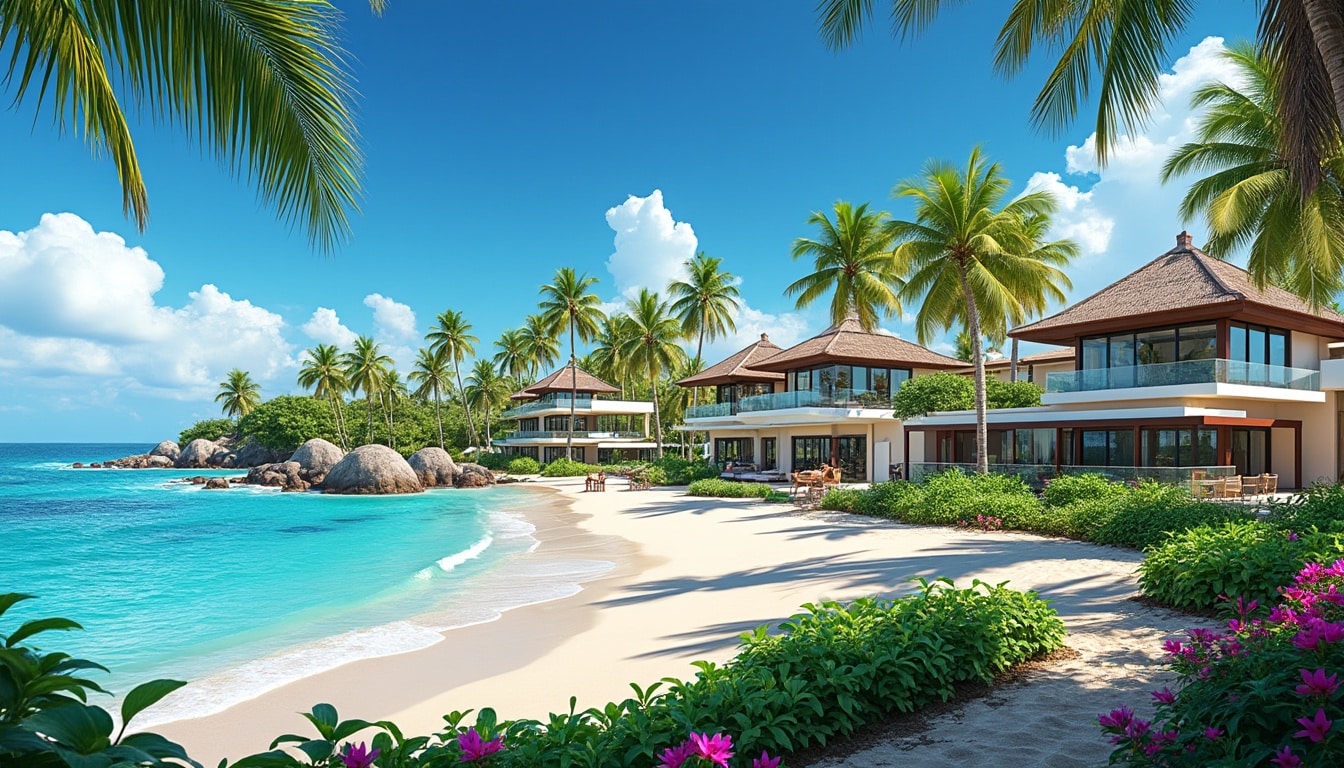Punta Cana, a region celebrated for its sun-kissed beaches and clear azure waters, is not merely a paradise for beachgoers—it is a symphony of architectural splendor and urban allure. This Dominican wonderland melds traditional influences with cutting-edge design, offering a unique glimpse into the evolving nature of its architectural landscape. From the resplendent luxury resorts to the nuanced urban designs, Punta Cana is a tapestry of innovative structures that harmonize with the breathtaking natural surroundings.
The All-Inclusive Architecture of Punta Cana’s Resorts
When one thinks of Punta Cana, the image of stunning resorts immediately springs to mind. The likes of Hard Rock Hotel Punta Cana, Dreams Punta Cana Resort & Spa, and Iberostar Grand Bavaro exemplify luxury and innovation. These resorts employ architectural elements that seamlessly blend with the tropical environment, creating spaces that capture the essence of the Caribbean.
Each resort offers unique architectural features. The Hard Rock Hotel combines opulent rock-inspired aesthetics with expansive beachfront views. Meanwhile, Dreams Punta Cana Resort & Spa exudes a more serene ambiance, with lush gardens and tranquil pools that reflect the natural beauty of the area. The Iberostar Grand Bavaro, known for its neoclassical design, features stunning stone architecture that pays homage to both the history and culture of the region.
Moreover, the architectural ingenuity in these resorts involves the use of sustainable materials and practices. Resorts like Zoetry Agua Punta Cana focus heavily on eco-friendly designs, employing natural materials such as wood, bamboo, and thatch. This approach not only minimizes environmental impact but also maintains the cultural aesthetics, offering guests an immersive cultural experience.
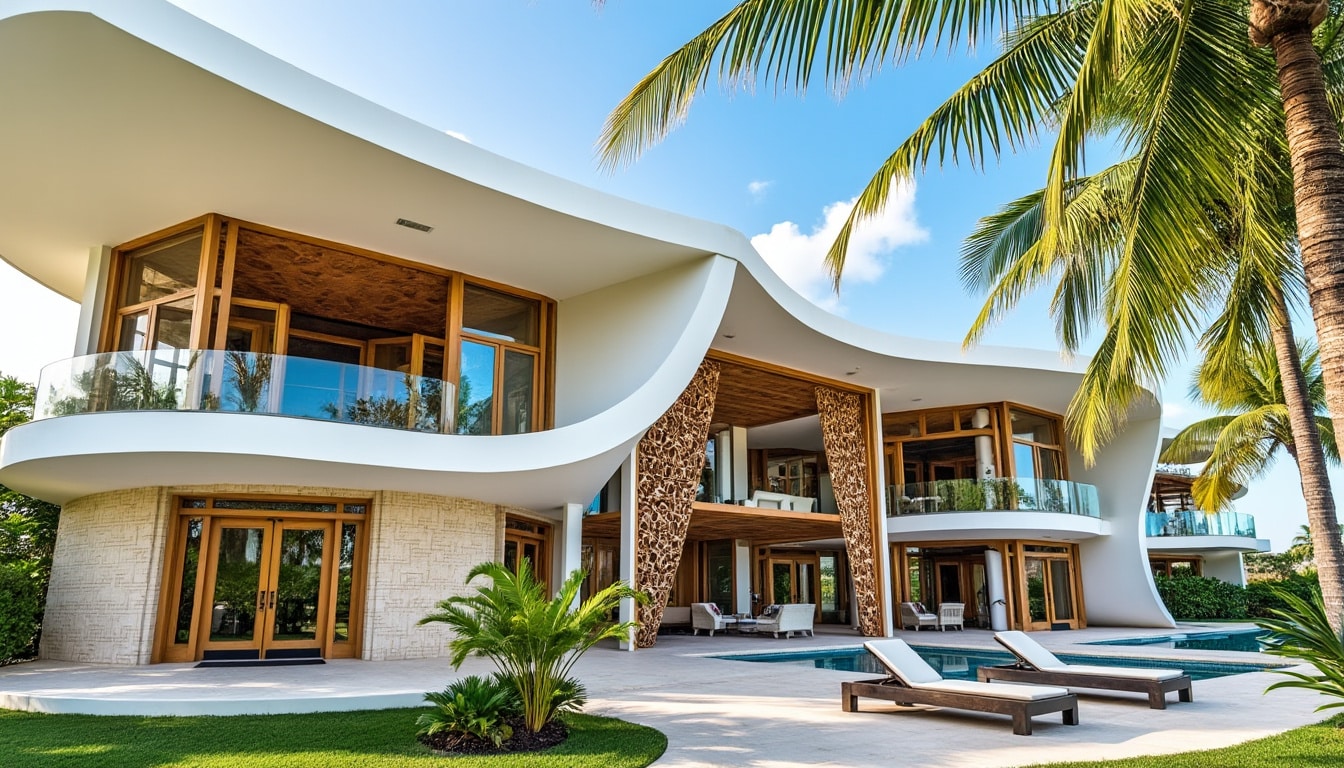
Features of Luxurious Beachfront Properties
A defining aspect of Punta Cana’s resorts is their beachfront architecture. These properties are ingeniously designed to maximize oceanfront views and private beach access. High ceilings, open walls, and expansive terraces are hallmark features that allow guests to indulge in the natural splendor of Playa Bavaro.
Furthermore, the concept of luxury is deeply entwined with the architectural layout of each resort. For instance, Cap Cana boasts sprawling villas and private infinity pools that overlook serene maritime vistas. Such features are meticulously integrated into the design, ensuring an uninterrupted visual and sensory connection to the ocean.
- 🌴 Oceanfront views
- 🏊 Private infinity pools
- 🌿 Use of sustainable materials
Punta Cana’s architectural style evolves with ongoing developments, constantly adapting to the needs of tourists while preserving the region’s cultural identity. Some resorts, like the Sanctuary Cap Cana, also offer exclusive amenities such as luxurious spas and world-class golf courses, enhancing their architectural allure and positioning Punta Cana as a leading global luxury destination
Urban Diversity: Punta Cana’s Rising Cityscapes
Beyond the pristine beaches and luxurious resorts, Punta Cana showcases a burgeoning urban landscape marked by diversity and innovation. The city’s urban architecture is a melting pot where modernity meets tradition, integrating advanced architectural trends with the growing needs of its populace.
This urban diversity can be seen in the Punta Cana Resort & Club, a pioneer in ecologically-minded tourism. Founded by industry leaders Ted Kheel, Frank Rainieri, and Oscar de la Renta, this sprawling area seamlessly blends comfort and sustainability. The resort has been a frontrunner in creating an urban environment that grows in harmony with nature.
In the heart of the city, developments are underway that feature contemporary architecture inspired by international trends while respecting local cultural touchstones. Commercial buildings have been designed with environmental sustainability in mind, incorporating elements like solar panels and rainwater harvesting systems to minimize their ecological footprints.
| Urban Feature | Characteristics | Example |
|---|---|---|
| Modern Retail Spaces | Open, eco-friendly designs | Punta Cana Shopping Village |
| Residential Areas | Spacious, integrated with nature | Cap Cana Residences |
| Public Infrastructure | Efficient, sustainable | Punta Cana International Airport |
The Punta Cana International Airport is another example of functional urban architecture. Designed to handle a large influx of tourists efficiently, the airport architecture combines functionality with aesthetics. It reflects the essence of the island with the use of indigenous materials and a layout that guides natural airflow, offering travelers a breezy and welcoming atmosphere.
Residential Elegance in Punta Cana
Punta Cana isn’t only about tourism—it also offers exquisite residential architecture that appeals to those seeking tranquility by the sea. One standout is the Casa Punta Cana, conceptualized by architects Ivo Mareines and Rafael Patalano. This 1723 m² architectural marvel completed in 2017 challenges traditional concepts of indoor and outdoor living.
The design ethos of Casa Punta Cana revolves around maximizing openness to its Caribbean landscape. Its distinctive organic structure and sustainability-focused approach have set new standards in residential architecture within the region. The residence is divided into two main blocks: the north block with independent suites and the south block housing communal and service areas.
Its architecture is a testament to craft, using digitally manufactured materials from France and Spain, ensuring both durability and elegance. The use of high-tech solutions is crucial given the region’s susceptibility to hurricanes, showcasing innovation in architectural resilience.
- 🏡 Elevated hurricane-resistant structures
- 💡 Naturalistic light and ventilation designs
- 🎨 Integration of local and international materials and craftsmanship
Around Casa Punta Cana, residents enjoy a vibrant tapestry of landscaping that harmonizes with the architectural aesthetics. The rooftop gardens offer panoramic vistas, merging seamlessly with the surrounding environment and providing spaces for families and visitors to gather, live, and celebrate life by the sea.
Sustainable Measures in Punta Cana’s Architectural Makeup
Punta Cana’s approach to sustainable architecture serves as a model for other touristic regions across the globe. This destination understands that sustainability is not only a trend but a necessity for preserving its natural beauty and cultural essence.
The Punta Cana Ecological Foundation plays a significant role in promoting sustainable practices throughout the region. From energy-efficient buildings to conservation programs, the foundation helps guide the area’s development towards eco-friendly solutions. The implementation of these solutions can be seen in the design of new projects, such as the Catalonia Punta Cana, which incorporates advanced solar energy systems and utilizes reclaimed water for landscaping.
| Sustainable Feature | Implementation | Impact |
|---|---|---|
| Solar Panels | Installed across resort rooftops | Reduces electricity consumption |
| Green Roofs | Used in urban residential areas | Enhances insulation and absorbs rainwater |
| Rainwater Harvesting | Common in resorts and homes | Conserves water resources |
Moreover, initiatives for biodiversity conservation are integral to these efforts. Endemic species thrive across protected areas and artificial coral reefs established by the Foundation. These projects not only provide a refuge for marine and terrestrial species but also serve as a draw for environmentally conscious tourists.
Sustainability in Punta Cana isn’t merely about preserving what exists; it’s about building a future where architecture and nature coexist. Such practices ensure that, even in 2025 and beyond, visitors can continue to enjoy the natural allure without compromising the ecological integrity of this idyllic locale.
Cultural Enrichment Through Architecture in Punta Cana
The richness of Punta Cana’s architecture is closely linked to its vibrant culture, blending history with modernity to create structures that are not only functional but also carry cultural significance. Architecture in this region adopts elements from its colonial past while embracing modern aesthetics, giving identity to its diverse urban landscape.
Take, for instance, the traditional Colonial architecture seen in some of the older structures throughout the city. These buildings, with their ornate facades and intricate ironwork, tell stories of a bygone era, resonating with echoes of the past. Meanwhile, modern developments in Punta Cana integrate these historical elements within contemporary frameworks, offering a fusion of past and present.
The local architectural scene is also enriched by vibrant cultural centers and museums. Venues like the House of Art in Bavaro serve as cultural hubs, featuring exhibitions that highlight both local and international artworks. These centers are designed with open spaces and creative landscapes, promoting both cultural exchange and community interaction.
- 🏯 Historical influences in modern buildings
- 🎨 Cultural centers bridging past and present
- 🌍 Global influences in local designs
Furthermore, the impact of local artisans cannot be overlooked. From handcrafted roof tiles to locally sourced stone walkways, each element speaks to a cultural persistence that is both proud and resilient. Discovering such influences offers an enriching experience for travelers, shedding light on a tapestry of history that breathes through the architecture.
The future of architecture in Punta Cana remains bright, continually drawing inspiration from its deep cultural roots while exploring new boundaries. As it evolves, this vibrant locale stands as a testament to the creative spirit of the Caribbean, capturing the hearts of all who visit.
FAQs About Punta Cana’s Architecture and Urban Features
- What makes Punta Cana’s resort architecture unique?
Its unique blend of sustainability, luxury, and integration with the natural beachfront landscapes. - How does Punta Cana ensure the resilience of its structures?
By using modern construction techniques, sustainable materials, and hurricane-resistant designs. - Are there cultural architectural influences in Punta Cana?
Yes, many buildings incorporate Colonial and local artisan influences, bridging past and modern styles. - What are some sustainable practices in Punta Cana’s architecture?
The use of solar panels, rainwater harvesting, and eco-friendly materials are widespread. - How does Punta Cana manage tourism growth sustainably?
Through practices promoted by the Punta Cana Ecological Foundation and eco-friendly tourism initiatives.

Fun Facts & Curiosities About Punta Cana
If you’re seeking a breathtaking escape to paradise, look no further than Punta Cana. Nestled on the eastern coast of the Dominican Republic, this vibrant destination boasts an impressive array of dazzling beaches, rich history, and vibrant culture. Here, visitors…

🌴 Welcome to Punta Cana, the shimmering gem of the Caribbean! Nestled in the easternmost part of the Dominican Republic, this tropical paradise offers a blend of stunning beaches, rich history, vibrant culture, and diverse ecosystems. With its shimmering turquoise…
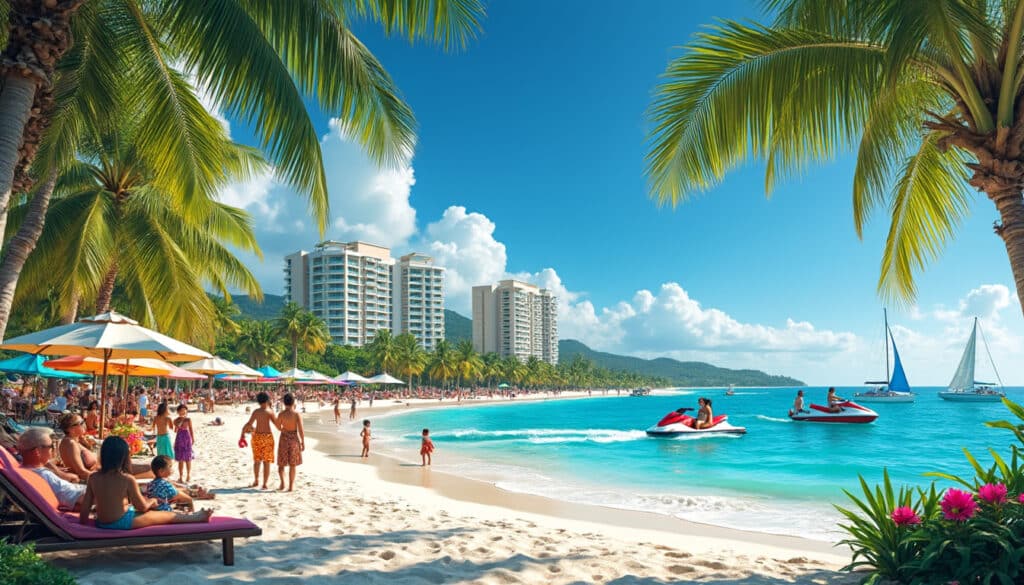
Demographics and geography of Punta Cana
In the heart of the Caribbean, Punta Cana shines as a beacon of sun-kissed beaches and azure oceans. This region, nestled on the eastern edge of the Dominican Republic, serves as a haven for tourists seeking the idyllic tropical escape.…
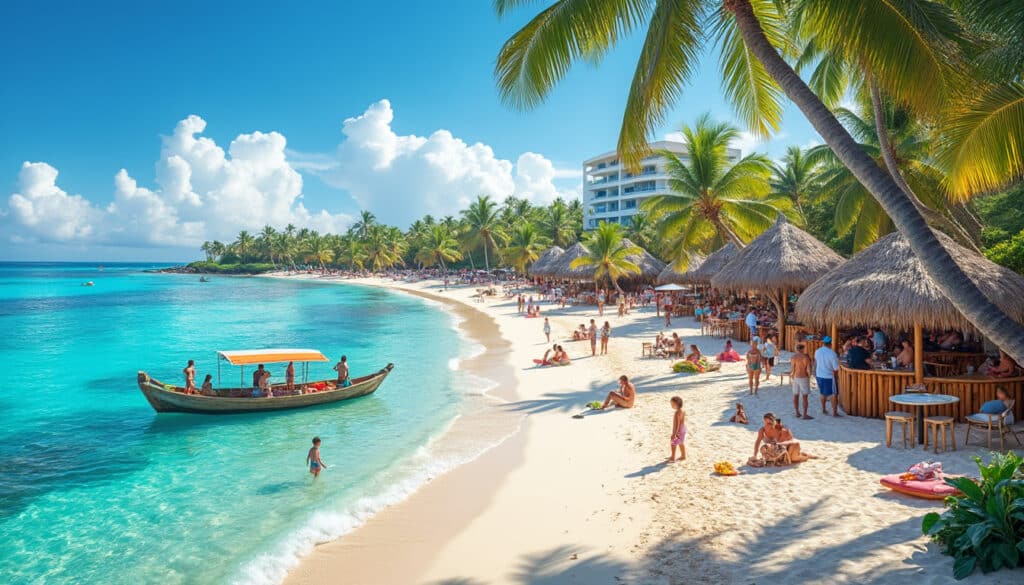
Once an obscure, untouched gem, Punta Cana is now a renowned tropical paradise nestled in the eastern part of the Dominican Republic. This transformation from a dense jungle to a world-renowned tourist destination is a captivating story of vision, investment,…

Holidays and celebrations in Punta Cana
In the heart of the Caribbean lies a tropical paradise rich in culture and bursting with vibrant celebrations. Punta Cana, a dazzling gem on the eastern edge of the Dominican Republic, offers more than just sun, sea, and sand. It…
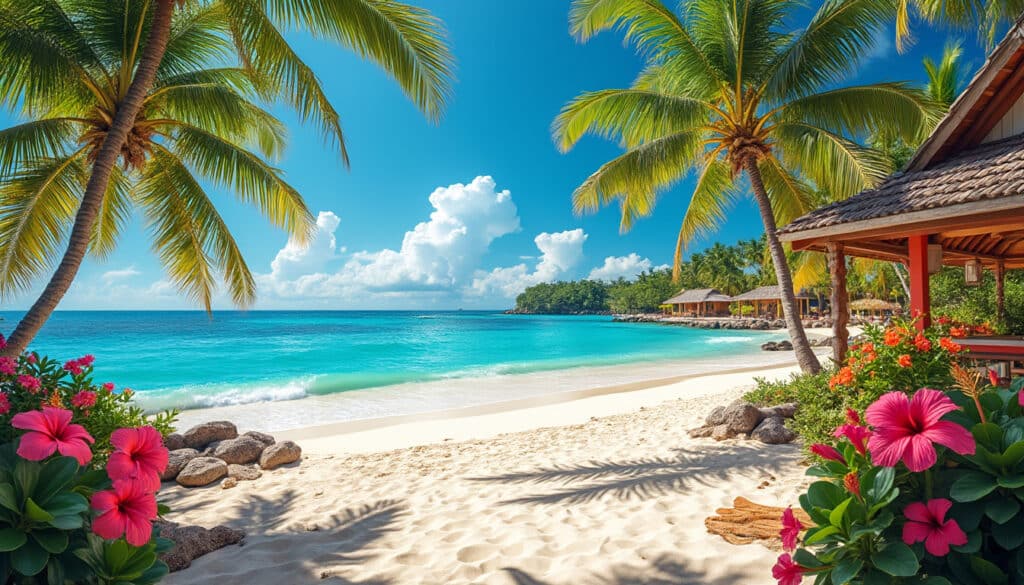
Language and spelling of Punta Cana
Surrounded by azure waters and sunlit beaches, Punta Cana stands as a cornerstone of cultural exchange and tourism in the Caribbean. The linguistic tapestry of this paradise is as vibrant and varied as its natural beauty. With Spanish reigning as…
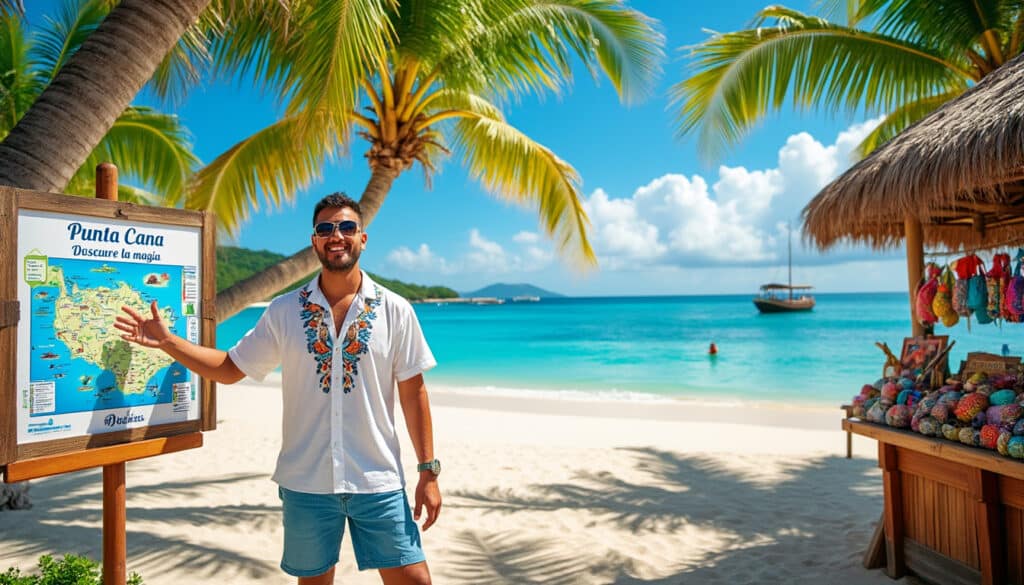
Local tips for tourists in Punta Cana
Visiting Punta Cana promises lush beaches, vibrant culture, and endless exploration opportunities. Yet, maximizing your experience goes beyond merely reaching your destination. To truly immerse in what this Caribbean paradise has to offer, proper preparation, understanding of local etiquettes, and…

Names, flags, and identity of Punta Cana
Unveiling the mesmerizing allure of Punta Cana, this article delves into the intricate layers of its identity, from its evocative name to the vibrant symbols that capture its essence. As the easternmost paradise of the Dominican Republic, Punta Cana resonates…

Reputation and identity of Punta Cana
The splendid strip of heaven known as Punta Cana has etched its identity on the global map through its stunning beaches, vibrant culture, and distinctive charm. Nestled in the Dominican Republic, it stands not just as a tourist destination but…
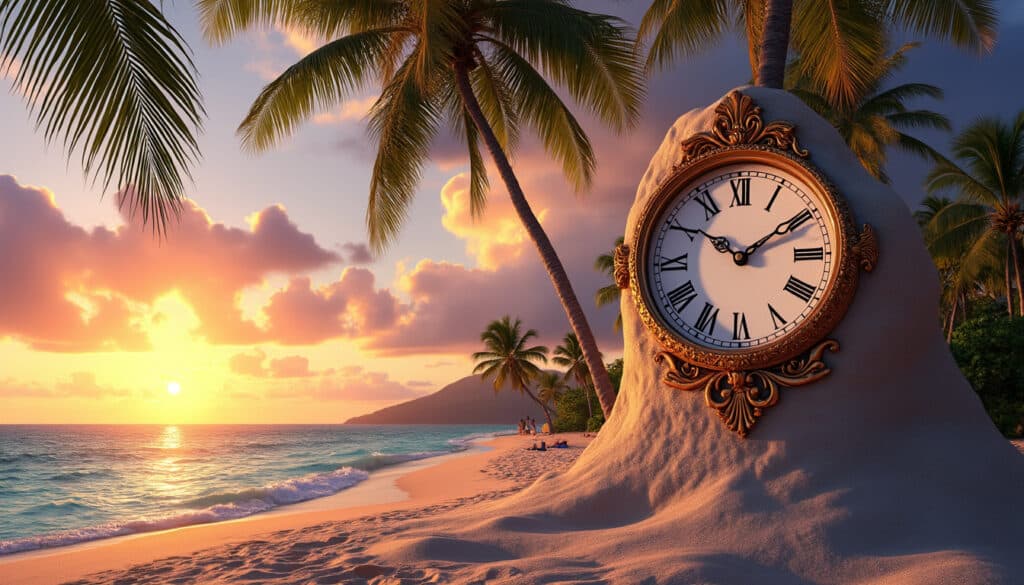
Time and time zone in Punta Cana
Punta Cana, one of the most alluring travel destinations in the Dominican Republic, is known for its pristine beaches, vibrant culture, and dynamic energy. However, understanding its time zone and how it affects daily life there is crucial for any…

Unusual facts and social issues in Punta Cana
As one of the Caribbean’s premier destinations, Punta Cana is often seen as synonymous with paradise. Its sun-drenched beaches and luxurious resorts promise a getaway of dreams. Yet beneath this tropical veneer lie unusual facts and social issues that many…
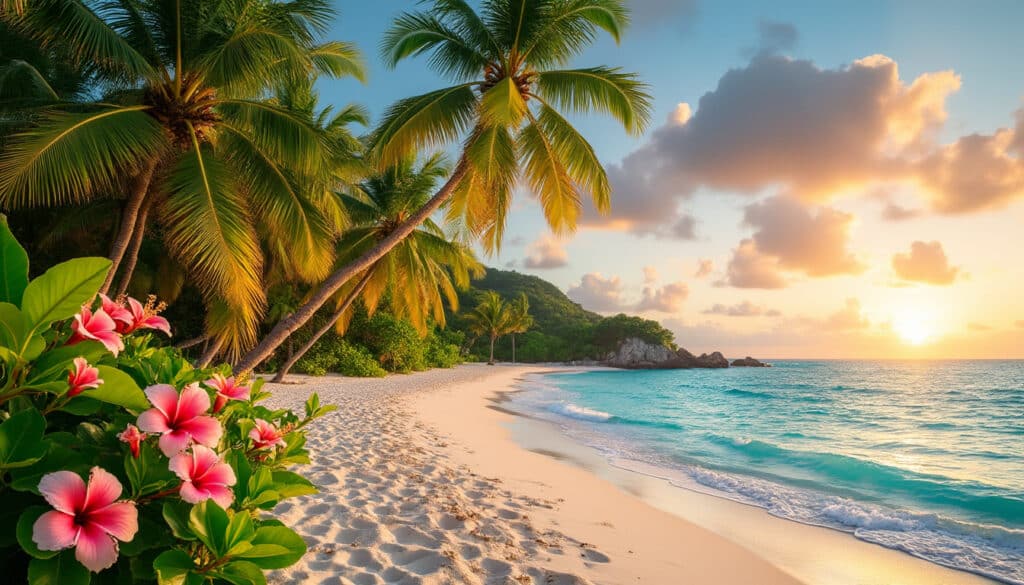
What does Punta Cana look, smell, feel like?
Immerse yourself in the sensory tapestry of Punta Cana, where every moment is a vivid experience. This popular Caribbean destination promises not only relaxing beaches and luxury resorts but also a vibrant atmosphere that tantalizes the senses. From the lush…

